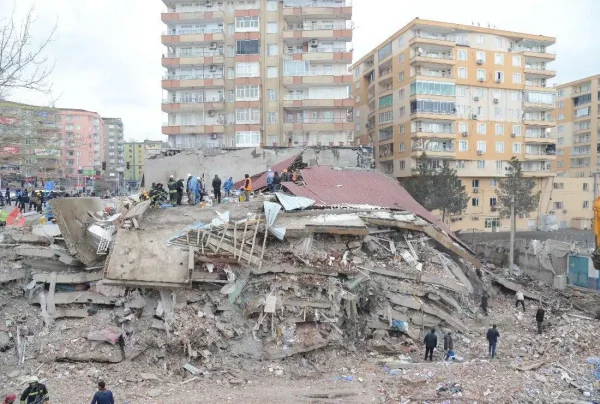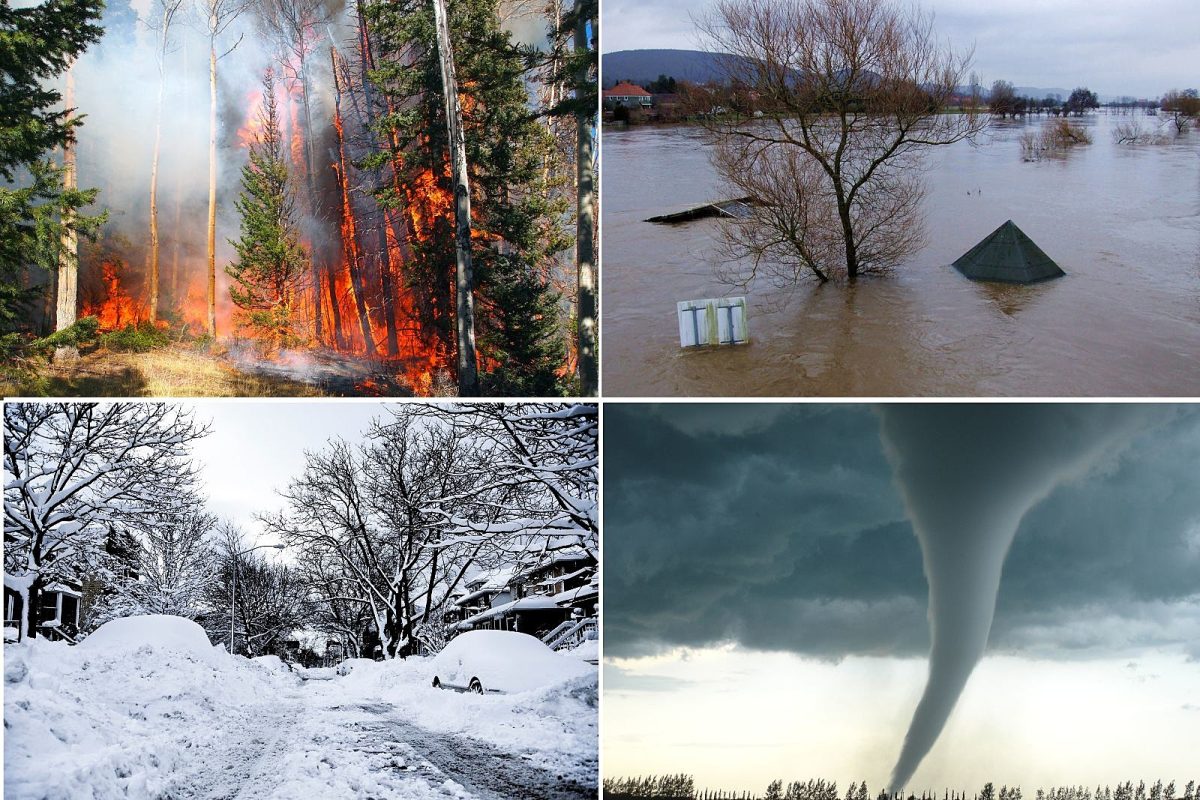From earthquakes and hurricanes to wildfires and floods, natural disasters have become an increasingly disruptive force in the lives of people around the world. According to the United Nations Office for Disaster Risk Reduction (UNDRR), the number of disasters has surged over the past two decades, with climate change and urbanization playing key roles in both frequency and intensity.
In 2023 alone, the world experienced more than 380 major natural disasters, leading to the loss of over 30,000 lives and displacing millions, according to the Centre for Research on the Epidemiology of Disasters (CRED). Asia continues to be the most disaster-prone region, accounting for nearly 40% of all global disasters due to its dense population and exposure to various natural hazards.

One of the most devastating events of the past couple years was the 7.8-magnitude earthquake that struck Turkey and Syria in February 2023. According to the World Health Organization (WHO), it killed over 50,000 people and injured thousands more. The damage was exacerbated by poorly constructed buildings and delayed emergency response, showing how crucial infrastructure and preparedness are in saving lives.
Meanwhile, in the United States, wildfires continue to ravage the west. In 2023, more than 2.6 million acres burned in California, Oregon, and Washington, fueled by prolonged drought and record-breaking temperatures. The National Interagency Fire Center (NIFC) attributes the intensity of these fires to climate change and poor forest management in the past.
Hurricanes and tropical storms are also becoming more destructive. The National Oceanic and Atmospheric Administration (NOAA) reported that 2023’s Atlantic hurricane season produced 20 named storms, well above the historical average. Hurricane Idalia, for instance, slammed into Florida in August 2023, causing an estimated $10 billion in damages.
Experts agree that preparation and mitigation are critical in reducing the human and economic toll of natural disasters. Early warning systems, stronger building codes, community education, and investments in climate resilience are among the top strategies recommended by the Federal Emergency Management Agency (FEMA) and international agencies like the Red Cross.
“Disasters are not natural—hazards are natural, but how society prepares and responds determines whether they become disasters,” said Mami Mizutori, the UN’s Special Representative for Disaster Risk Reduction.
As climate change continues to drive more extreme weather events, the need for global cooperation, scientific innovation, and local action has never been more urgent.
Sources:
United Nations Office for Disaster Risk Reduction (www.undrr.org)
Centre for Research on the Epidemiology of Disasters (www.emdat.be)
World Health Organization (www.who.int)
National Interagency Fire Center (www.nifc.gov)
National Oceanic and Atmospheric Administration (www.noaa.gov)
Federal Emergency Management Agency (www.fema.gov)


































